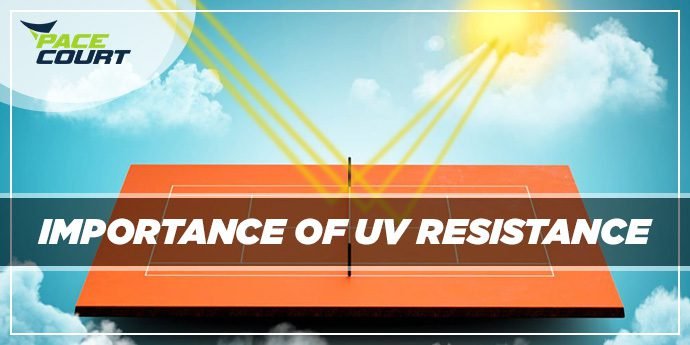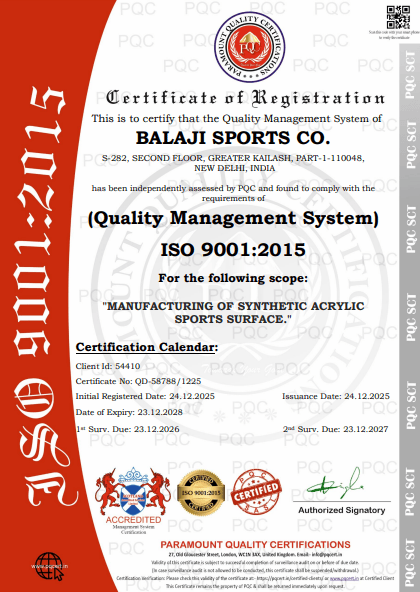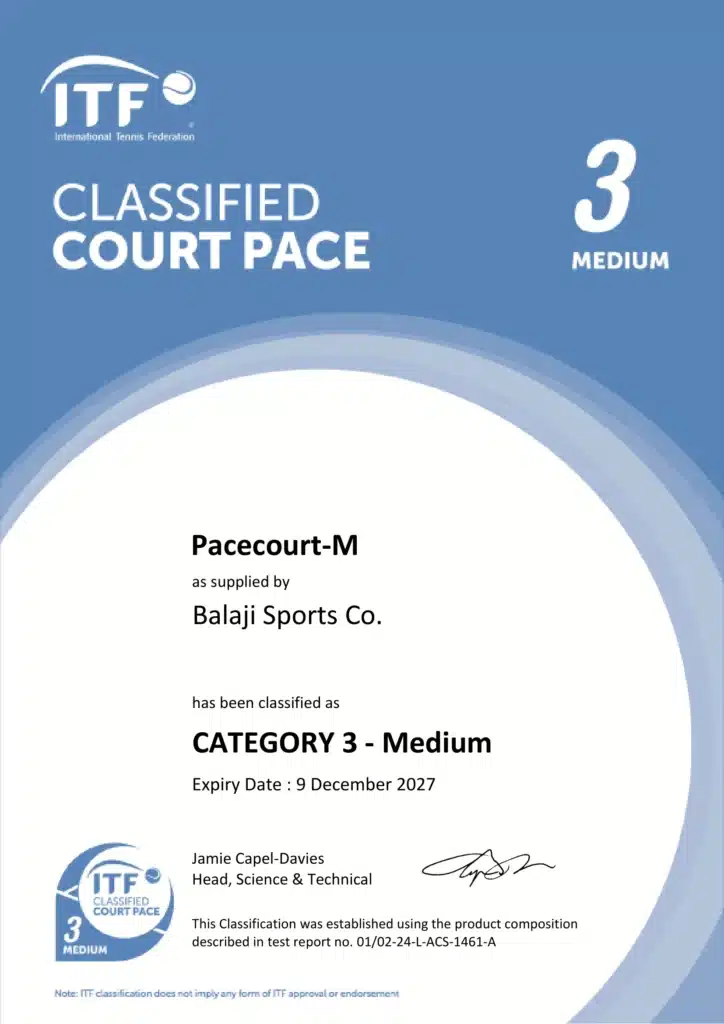UV Resistance in Outdoor Sports Surfaces: Key to Longevity and Preserved Aesthetics
In today’s competitive sporting world, the quality of outdoor sports flooring surfaces plays a pivotal role in both the safety and performance of athletes. Given their exposure to Mother Nature’s harshest elements, particularly ultraviolet (UV) radiation, the significance of UV Resistance in Outdoor Sports Surfaces becomes paramount. With leading companies like Pacecourt pioneering advanced sports surfaces, understanding this UV resistance is essential not just for prolonging the life of these surfaces but also for maintaining their aesthetic appeal. Ultraviolet (UV) radiation is a type of electromagnetic radiation that emanates from the sun. Though invisible to the naked eye, UV radiation can be categorized into three main types: UVA, UVB, and UVC. Among these, UVA and UVB are primarily responsible for causing harm to our skin, leading to conditions such as sunburn, premature ageing, and even skin cancer. However, human skin isn’t the only entity vulnerable to the detrimental effects of UV radiation. Outdoor sports surfaces, such as those developed by Pacecourt, also fall prey to these powerful rays, demanding the integration of UV-resistant properties. 2. UV Radiation’s Impact on Outdoor Sports Surfaces 3. The Pacecourt Solution: Importance of UV Resistance As a leading provider of sports surfaces, Pacecourt recognizes the immense challenges posed by UV radiation. Hence, the emphasis on UV resistance isn’t just a feature but a necessity. 4. Innovations in UV-Resistant Sports Surfaces Pacecourt has been instrumental in pioneering innovations in this domain. By integrating advanced materials and coatings that deflect or absorb UV radiation, they’ve crafted surfaces that stand the test of time and weather. 5. The Way Forward As global temperatures rise and the ozone layer continues to thin, the importance of UV resistance in outdoor sports surfaces becomes more pronounced. Companies like Pacecourt are not only addressing a current need but are also future-proofing sports facilities against escalating environmental challenges. Conclusion The sun, while being a source of energy and life, poses significant challenges to the durability and aesthetic appeal of outdoor sports surfaces. UV resistance, as championed by Pacecourt, emerges as a critical feature, ensuring that athletes can play on surfaces that remain consistent, safe, and visually appealing. As we move forward into an era where environmental challenges are set to intensify, the role of UV resistance in sports surfaces will only grow in importance, cementing its position as a non-negotiable attribute in surface design and development.




